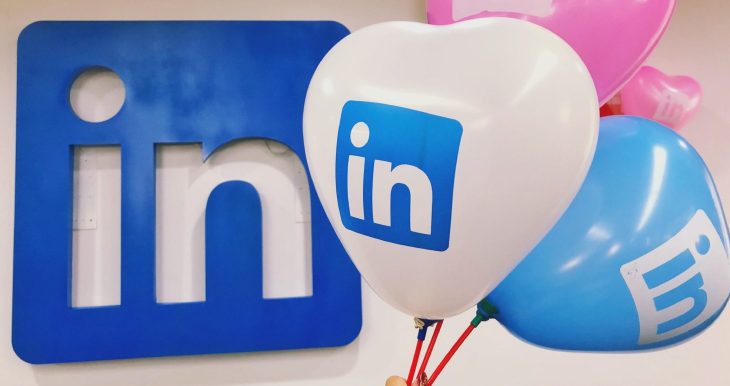It was only a couple of weeks ago that LinkedIn was having a moment as a social platform, with business types gravitating to it as a stable and safer alternative to the unpredictability of the newly named “X.” But don’t get too comfortable if actual human content is what you are expecting there.
Today the company — which says it will pass the 1 billion user mark this month — is taking the wraps off its latest efforts in the area of artificial intelligence: AI that will provide personalized digests for people reading content on the site, and AI that will help them write their own content on the platform.
Initially, the new tools will be rolled out to Premium (paying) users and they will appear in three areas.
You can use them to spruce up your feed; you can use AI tools to digest any linked articles, where you can use them to write something smart on that article as you share it; and you can apply them to your job-hunting experience, typically when you send a response to a recruiter or if you’re a recruiter reaching out to a candidate.
Longer term, the plan will be to evaluate how these AI tools get used to weigh up how to expand them more.
“If it’s broadly applicable, [extending to all users] will be on the table,” Gyanda Sachdeva, VP of product management at LinkedIn, said in an interview. “Premium users are very motivated [users of LinkedIn], so we expect it to be immediately valuable.”
She also confirmed that other media, such as video, was definitely on the roadmap for getting the generative AI treatment.
As with the raft of AI tools that Microsoft-owned LinkedIn announced last month, these new features will be powered by OpenAI, the AI behemoth that is now 49% owned by Microsoft after the tech giant invested tens of billions of dollars in the startup.
(Sidenote: It’s notable that amidst all of LinkedIn’s AI announcements, it’s also been laying off people, including in areas like R&D and engineering. The company is indeed streamlining, and as it takes its next steps in its evolution, it is doing so less as an independent entity.)
LinkedIn specifically is using OpenAI APIs from Azure, taping OpenAI’s Large Language Models and GPT-4, combining this with LinkedIn’s proprietary data to come up with generative AI outputs that are personalized to the individual.
LinkedIn declined to describe what part of the experience is unique to LinkedIn’s work, and what would be credited to OpenAI, but the result is essentially like a version of ChatGPT that’s meant to be personalized to you. When two different people see the same article on LinkedIn, if they each choose to use the AI tool to summarize that article or craft a comment about it, the AI will look at the individual’s professional profile, as well as their other activities on the site, to present a summary relevant to that person.
For users who don’t want to know what they already know, LinkedIn gives users options to ask questions related to the text to get other kinds of summaries.
LinkedIn has multiple reasons for building out these AI tools as it has.
First and foremost, it’s helping the site overcome some of the challenges of social media engagement, something that might be especially an issue on LinkedIn: Given that connections on there are more likely to be from your professional network, people are not known for letting their hair down, and have to put their best, professional selves forward. Sometimes it’s easier not to post anything at all.
To that end, the tools are designed to get people to click more and create more, spending more time on the site overall.
Second of all, it’s keeping LinkedIn in the middle of the conversation. Today, regardless of whether using AI is just a novelty or the new normal, everyone is looking for it. LinkedIn, wanting to remain a relevant presence as it pushes into its third decade of life, needs to have an AI component.
Generative AI has proven to be catnip for engagement, but that can open the door to other usage, too. Come for the novelty of the new gen AI tool, maybe stay for the interesting insights and networking opportunities.
The third area that these tools addresses is that of LinkedIn’s Premium business. LinkedIn made $15 billion in revenues last year and while it doesn’t say what proportion of that comes from paid subscriptions, it’s still a fast-growing part of the business, up 55% year over year as of last month. Now it’s sweetening the deal to see if it can keep up the momentum.
A look at how the AI tools work in practice:
